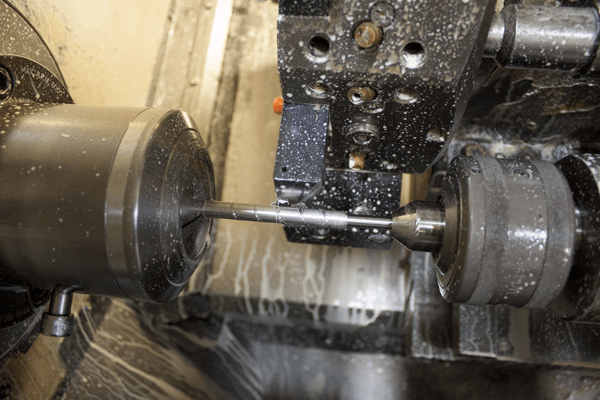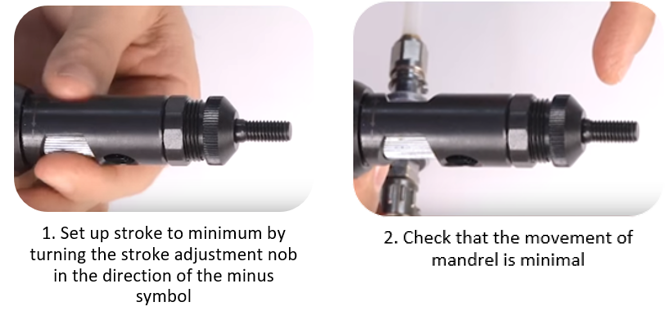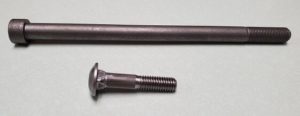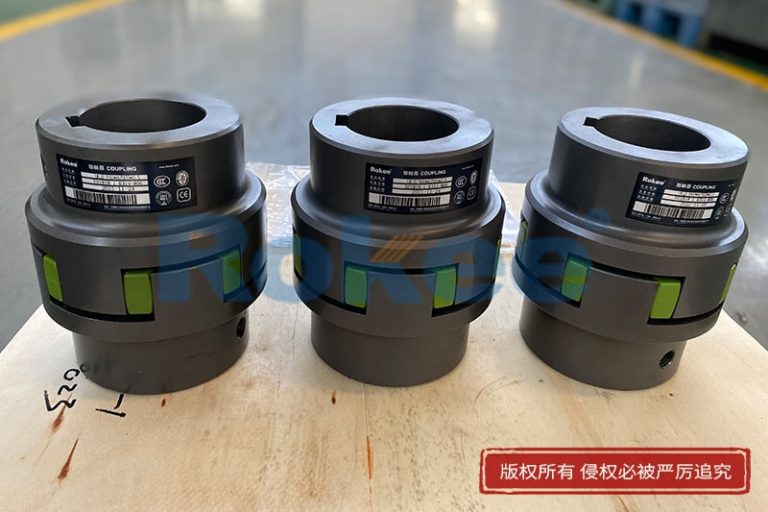Diagnosing Philippine Power Tool Performance Problems
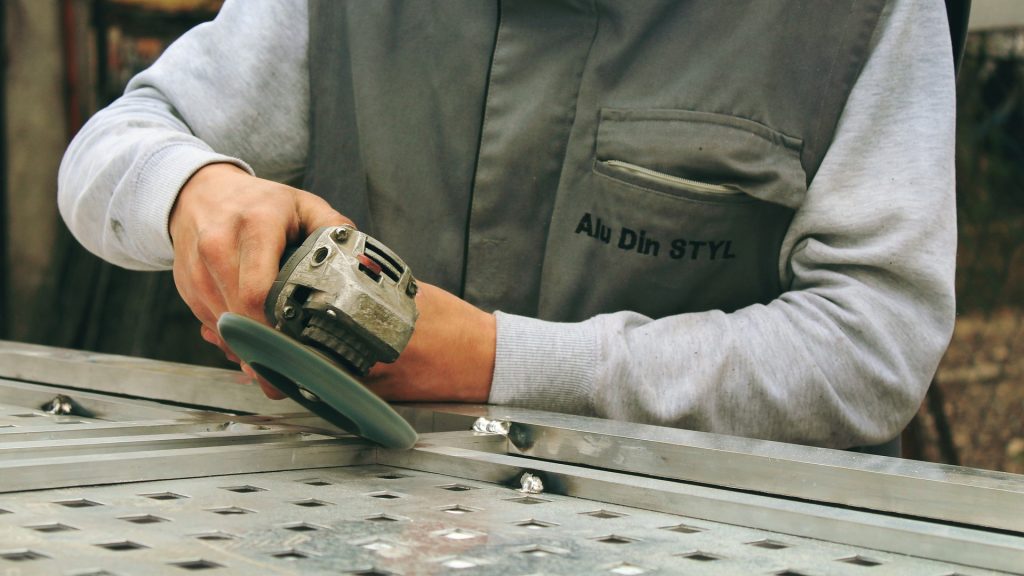
Diagnosing 5 Common Power Tool Performance Problems
September 18, 2018
What are the most common power tool performance problems and what do they mean?
- Functions at low power levels
- Emits high-pitched noises
- Sets off sparks and smoke
- Releases a burning smell
- Doesn’t power on or start
Everyone would probably like their power tools in the Philippines to last a lifetime without experiencing a single problem. As ideal as that may be, however, that isn’t always the case — and usually never is. If you use your tools long enough, you’ll start to realize performance problems are inevitable.
The reason behind this is the intense strain and pressure that they are put under every time they’re used. There’s just no way to stop power tools from succumbing to natural wear and tear. Maintenance, for the most part, only delays this process and doesn’t always prevent it from happening. The only thing that you can be sure of with proper maintenance is that they’d be able to live significantly longer than if they weren’t serviced and that any issues could be less damaging and/or concerning.
Put simply, power tools are almost always guaranteed to exhibit some performance issues sometime in their lifetime. Some of these issues may be minor and can be easily repaired, while others signal the end of your tool’s life. To find out which is which, continue reading below as we enumerate the most common power tool performance problems and what they mean!
Functions at Low Power Levels
Power tools are close to useless if they can’t function with high speed and/or strength. You’d be better off using regular hand tools. If this is the case with your power tools and you’ve confirmed that battery levels are normal, then there are two possibilities:
One is that the tool’s carbon brushes (small carbon blocks that transfer currents to the motor straight from the power source) are old and worn-out. Again, it’s natural for this specific part to wear out because of use and doesn’t necessarily mean that you did something wrong. The only thing you need to do at this point is to replace the carbon brushes and your power tool will be good as new.
Although worn-out carbon brushes are usually the root of this problem there is another possible cause which is damage to the commutator or other parts of the tool’s assembly. You can easily identify a problematic part because they’re often discolored, have developed a buildup of contaminants, and/or have melted insulation.
Emits High-pitched Noises

Power tools can get quite loud. In fact, it’s the reason people are sometimes required to wear ear protection while using them. As someone who is quite familiar with power tools, you should be able to differentiate which noises are normal and which aren’t.
High-pitched noises that sound similar to metal-to-metal contact, for example, is a sign that there’s something wrong with your power tool. This isn’t too much of a problem, though. Most of the time it only means that the tool needs a little lubrication. You can easily do so by reading the owner’s manual and following manufacturer instructions in applying lubricant.
High-pitched noises could also be a problem with the gears and are most likely the problem if the noise is more of a squeal than a screech. If such is the case, then check the gear switch and make sure that it’s in the proper position before trying the tool again.
Sets Off Sparks and Smoke

When power tools set off sparks and smoke, owners tend to get scared and panic. It definitely is an unusual and unwanted behavior, but it isn’t actually any reason to worry. Often, it means that there is a problem with the dust vents, the switch assembly, or both. Either way, these are problems that can be easily fixed. Instead of going into a panic, unplug your tool, set it aside, let its mechanisms cool, and look for the underlying issue.
Once rested for a few minutes, pick up the tool and look for any sign of dust or debris that may have gotten into the tool. You’re likely to find sawdust and similar particles in your tool’s dust vent which undoubtedly caused the sparks and smoke. If these particles are removed and the tool is cleaned, you shouldn’t run into the problem again anytime soon.
On the other, if there is no sign of any buildup within the vents, then check the switch assembly. Moisture and excess heat can make this part go bad and cause a short. The only solution here is to have the part replaced.
Releases A Burning Smell

Another power tool performance problem that causes panic among owners is a recognizable burning smell. If your tool emits this odor and stops working, then you might want to check and replace the motors.
If the motors aren’t the problem, then check the capacitors and/or drive belts (if they have any). If these parts are the problem, have them replaced before doing anything with the broken power tool.
There’s another likely case that is easier to solve and that’s overheating. The motors might not be damaged, but they could be running too hard for too long. This will cause them to overheat and release a burning smell that may seem worrying but actually isn’t too big of a deal.
To solve the problem, turn off your power tool and let it rest for at least 30 minutes. If the problem persists, meaning your tools keep overheating despite the short period of use, then best check other parts.
Doesn’t Power On or Start
Your power tool is definitely plugged in and there’s no issue with electricity but for some reason, it just won’t start. What could this possibly mean? Well, it could actually be the result of many things including but not limited to major electrical problems and part malfunction.
When this happens, you might want to check the power switch first. Make sure the part is in good condition and properly channeling power to the tool. You should also look at the power cord because any visible tears or cuts in this part can also prevent electricity flow. You can use a multimeter to assess if both these parts are carrying voltage or not.
After you’ve done that, inspect the tool’s brushes and springs and see if dust and dirt have accumulated in them. Wear and tear on these parts could also be the cause so replace them accordingly.
Key Takeaway
Difficult as it may be to accept but power tools in the Philippines are eventually going to exhibit some performance problems, especially if you use them long enough. It’s an inevitable part of their life that you can only delay with proper maintenance.
However, performance issues don’t always signify that you need to get a replacement tool. Once you understand its root cause, you should be able to solve the problem by either cleaning the tool or having the right parts replaced!
